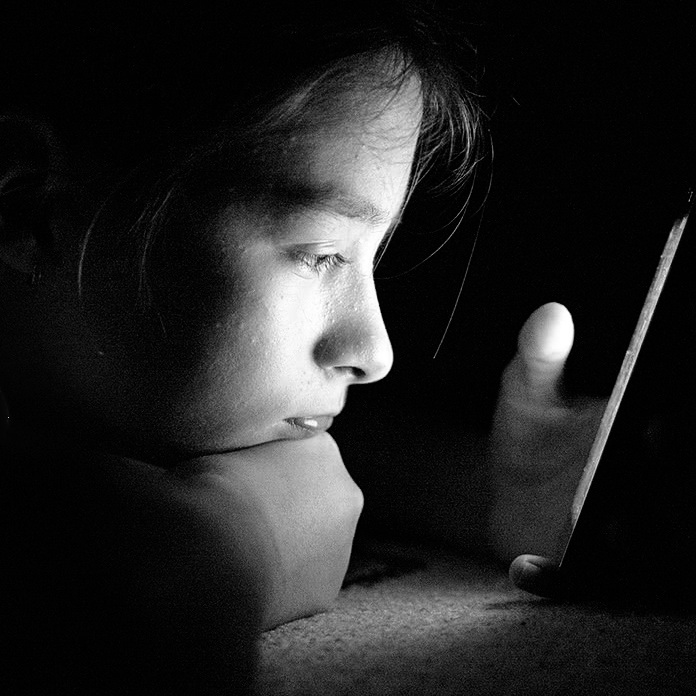
It’s a new year, and at START we believe that the road to big dreams in 2019 is paved in…well…sleep!
Over the past year, START has had hundreds of conversations with parents, superintendents, police officers, pediatricians, pastors, business leaders, school counselors, and teachers about how to best manage technology and we were surprised by one of the biggest recommendations: letting kids sleep by getting devices out of kids’ bedrooms overnight.
We all know that our devices need to charge – and so do we! It’s no secret that we all need a good night’s sleep to live happy, healthy lives. Yet, did you know that 80% of teens use their phones when they are supposed to be sleeping – including many who stay up most of the night or wake for every notification? The device is probably in their room for a very practical reason, like listening to music or being the alarm clock, but as the New York Times explains, it often leads to “vamping” – staying up much of the night on technology, be it texting with friends or watching an endless loop of cat videos.
If you are looking for a simple way to help your family be more digitally healthy, we would encourage you to take this step: institute a device bedtime – a time that the device goes to get charged outside of their room.
At START, we will be taking the next few weeks to help you brainstorm ways to make device bedtimes work in your family, with the hope that you will be able to reap these benefits:
Decreased odds of risky behavior for teens, particularly mood and self-harm. Read more here.
Increased resilience and grit, which are strongest when we strategically give our minds time to recharge. Read more here.
Reducing unhealthy stimulation that prevents the brain from a good night’s rest. Read about this here.
It doesn’t take much to convince parents that device bedtimes are a good idea–but kids? They might not be quite so enthused. Anytime there is a new rule or boundary in place, you can expect your kiddos to push back, especially the longer they have had devices in their rooms. If it’s helpful, we’ve brainstormed some ways you could start the conversation with your kiddo(s):
1. Get curious with them as you share some of the research and concerns about device use at bedtime.
Ask your child what they think about this research–does it make sense?
Ask about their own experiences: do they sometimes find that they stay up when they should be sleeping?
Are their friends online throughout the night? What pressures does that create?
Don’t be afraid to share ways your own device disrupts you at night; take this opportunity to connect with your kiddo!
2. Invite them to help co-create a solution, asking them:
What do you think our family rule should be about devices at bedtime? (Oftentimes kids will actually want the boundary!)
Okay, so how will mom/dad know that you aren’t on it all night?
Where should we store it?
And when? When is the healthiest time to turn it back on in the morning?
3. Remember, in the beginning, you can expect resistance, especially if they feel punished or isolated by this new boundary. Kids may resist limits at first, but eventually they love them. We’ll share in the coming weeks from a 15-year old who tells us how helpful device bedtimes have been for him. To help them adapt, consider giving yourself the same “device-free zone,” setting your own device aside in the hours that align with your kiddo’s bedtime routine. Not only will this allow you to give them your full attention, but you might even enjoy the break! You can always check your phone again after the kids are settled in for the night, but who knows, you might just choose to hit the hay yourself.
At START, we believe that big changes start with small steps. We hope device bedtimes could be a simple step towards making your family become more digitally healthy and more deeply connected in 2019. Sweet dreams!